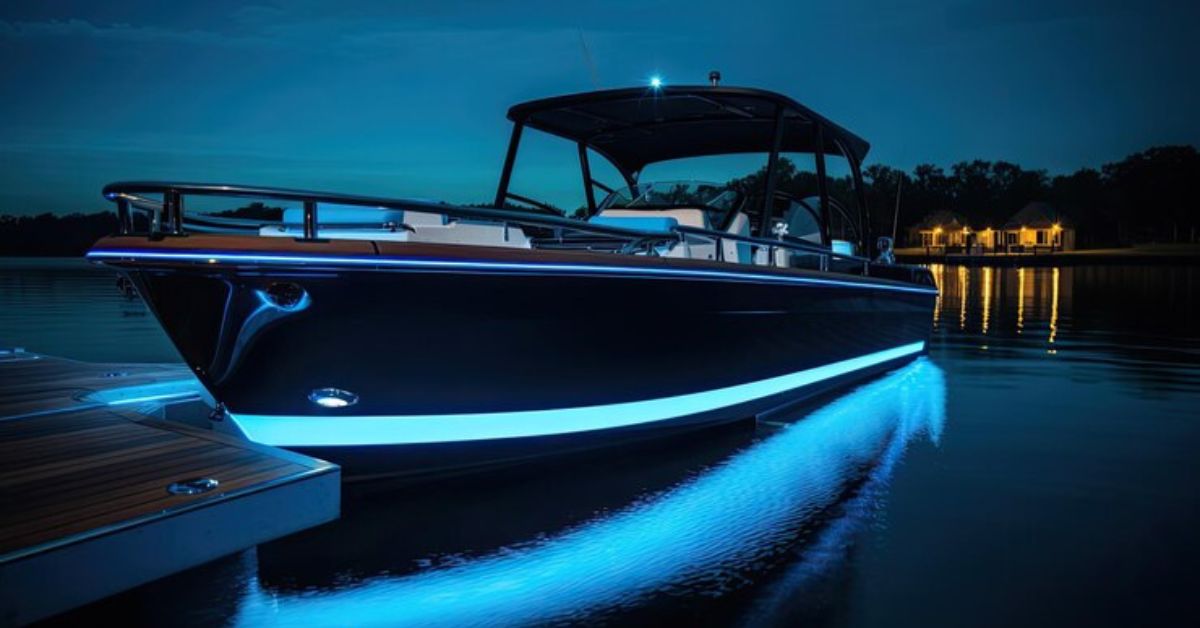A Comprehensive Guide to Replacement Lights for Boats
Introduction to Boat Lighting
Boat lighting is a critical component not just for the appearance of your vessel but also for enhancing safety and functionality. Whether sailing in open seas or bustling harbors, having the right lights ensures your presence is unmistakably communicated to others on the water. For boating enthusiasts and professionals, the variety and nuances involved in choosing the appropriate barnegat lights or any replacement lights are more than just a necessity—it’s an investment in peace of mind.
Advancements in lighting technology offer myriad options that promise increased reliability, energy efficiency, and lifespan. These developments have ushered in a new era of boating where safety is enhanced and operating costs are reduced. Understanding the significance and application of these modern lighting solutions is paramount for anyone looking to upgrade or maintain their vessel’s illumination system.
Why Replacing Boat Lights is Important
Replacing boat lights goes beyond the simple act of swapping a bulb. It is a crucial step in safeguarding your journey on water. Time and harsh maritime environments can dim lights, corrode connections, and impair functionality. Such deterioration doesn’t just compromise the boat’s appearance; it fundamentally endangers the vessel and its occupants. Modern lighting technology ensures optimal brightness and visibility, vital in avoiding accidents on crowded waterways or during adverse weather conditions.
Furthermore, maritime regulations mandate specific lighting requirements, failure of which may attract fines or penalties. Understanding the diverse lighting norms and implementing suitable replacements becomes even more critical for boat owners who venture into international waters. Ensuring your boat is equipped with fully functional and compliant lights enhances safety by making your vessel visible and communicating its intentions clearly to those nearby.
Different Types of Boat Lights
- Navigation Lights: These are non-negotiable for any boat traversing the waters. They elucidate your boat’s position, heading, and operational status to fellow mariners. They are crucial during twilight hours and in foggy weather to prevent collisions.
- Deck Lights: If you often engage in night-time activities like fishing or loading cargo, deck lights provide the necessary illumination. They enhance safety by lighting up work areas, preventing mishaps, and allowing for clear visibility of equipment and crew.
- Anchor Lights: When stationary, anchor lights highlight your boat’s presence, especially at night. This is a legal requirement and a practical measure to avoid unintended crashes with drifting vessels or navigating traffic.
How to Choose the Right Replacement Lights
Choosing the right replacement lights demands a careful assessment of various factors, such as the type of light needed, the energy consumption rates, and the light’s durability in saltwater conditions. Compatibility with your boat’s existing electrical system is essential to avoid power faults and potential hazards. Lighting from brands known for marine durability often provides peace of mind with long-term warranties and proven track records.
Engaging in thorough research is beneficial by consulting experts’ opinions and resources. An insightful article on choosing boat lighting can shed light on new technologies that optimize efficiency and reduce maintenance needs. LED technology, in particular, is celebrated for its longevity and low power consumption, making it a preferred choice for replacement lights.
Tips for Installing Replacement Boat Lights
- Preparation is key. Ensure you have a complete toolset ready, including appropriate connectors and sealants, to facilitate a smooth installation process.
- Adhering to the manufacturer’s instructions is vital. They provide specific guidelines that cater to each light model’s intricate design and functionality, ensuring safety and efficiency in your operations.
- Particular attention should be given to the integrity of electrical connections. In marine settings, securing them against moisture using waterproof mechanisms is crucial to avoid corrosion and ensure reliable performance.
- Testing your installation before heading out to sea is necessary and serves as a final check to ensure all lights function perfectly, thereby preemptively addressing any issues.
Maintaining Your Boat Lights
Regular maintenance of your boat lights is essential to their longevity and functionality. This involves simple yet effective practices, such as periodically cleaning lenses to remove grime and salt deposits, which can diminish light output. Frequent checks for indications of electrical wear or water damage can also prevent more serious, expensive issues later on.
Weather conditions can stress lighting components, leading to cracked lenses or corroded connections. A maintenance schedule, particularly after harsh weather encounters, ensures that each light set remains in prime condition, enhancing the lifespan of your investment and promoting safety across all your nautical adventures.
Frequently Asked Questions
- How often should boat lights be replaced? While there is no one-size-fits-all answer, routine functionality and structural integrity checks should guide replacements. If performance drops despite maintenance, consider replacing the lights before planned sea voyages for optimal reliability.
- Can I use LED lights on my boat? Indeed, LED lights are an increasingly popular choice due to their robust nature, minimal energy needs, and extensive lifespan. Their efficiency makes them ideal for small and large vessels, offering substantial returns on initial investment through operational savings.
You May Like : Understanding Gravityinternetnet and Its Growing Relevance







